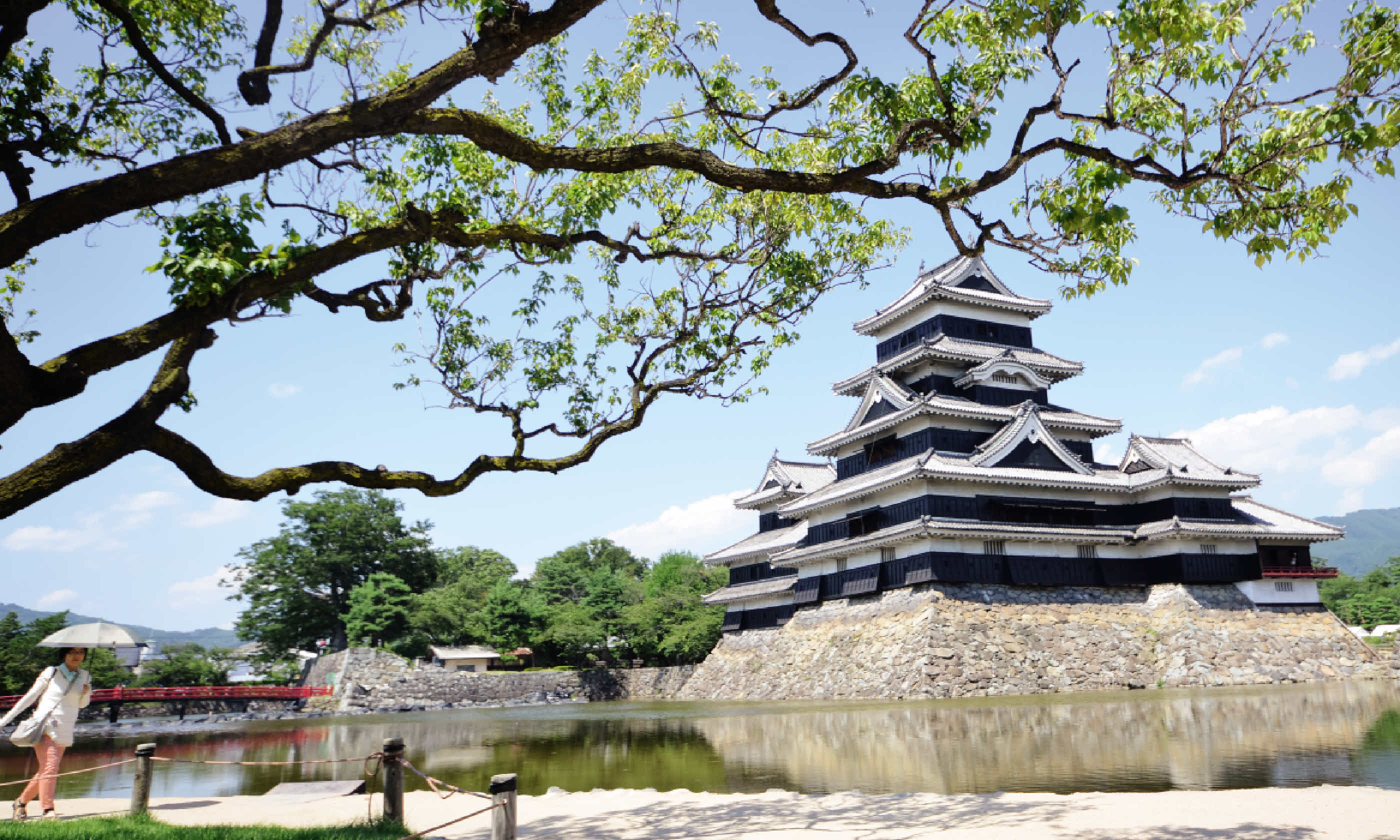
Discovering the secret side of Japan
Nowhere mixes the old and new quite like Japan – use modern trains to discover pilgrim paths, timeless peaks and glimpses into the past...
The samurai was dancing. Well, not quite dancing, more jigging unconsciously, tapping his armour-clad leg to the beat of the
wadaiko drums. And it wasn’t just the warrior who was stirred by the stomach-pounding beats.
Here, beneath the ramparts of Matsumoto Castle, even the fort-like walls seemed to be shaking. I, too, was moved. Looking at the ornate fan-like gables of the thousand-year-old stronghold, listening to the ancient rhythm and watching the sky turn pink between the bare cherry branches, I felt like I’d been transported back in time.
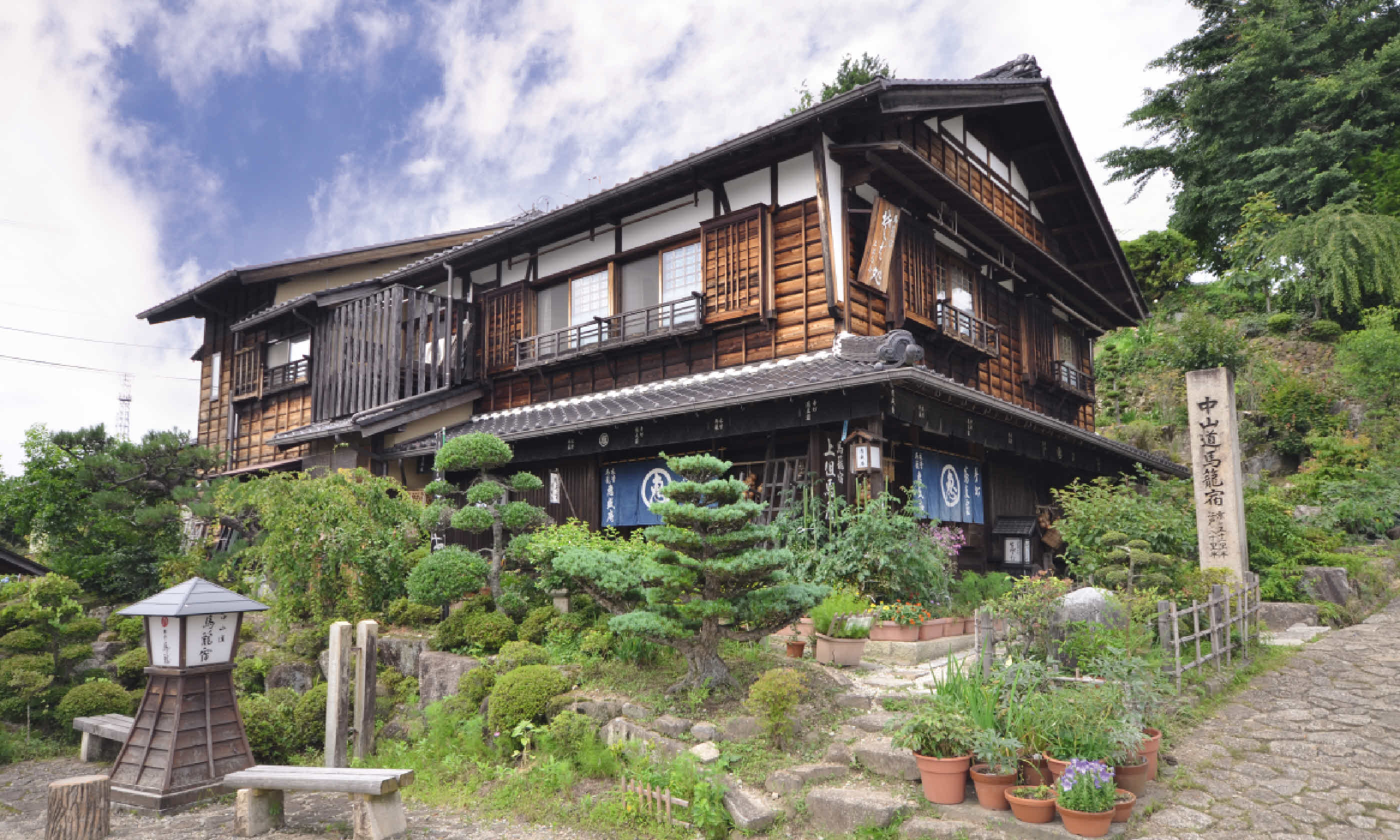
I had started my trip to Japan amid the bright modern lights of downtown Tokyo – where every shop, every sales person, every billboard vies for your attention – but after just a couple of hours on a bullet train, I found myself here, among the wider streets and lattice-wood-fronted shops of this eighth-century city. I’d arrived, by luck, on the night of Matsumoto’s annual Taiko Drum Festival, when troupes of youngsters battle it out on the skins in front of captivated crowds – something warriors would once have done to incite courage and strike fear into the enemy.
This, one of the country’s best-preserved castles, was the perfect place to begin my search for the Japan of old, a time before the nation became defined by cutting-edge technology. But to delve deeper into the country’s past, I would need to lace up my walking boots and head for the hills.
The old ways
Fields of green tea bushes and stepped rice paddies lined the route to the old post town of Magome, tucked in the Kiso Mountains. Traditional wooden houses, spinning water wheels and clusters of bright flowers lined the cobbled street as I followed my guide, Steve.
“This path we’re on is called the Nakasendo trail,” he said as we passed a collection of craft stalls and a
minshuku (family-run B&B). “It was one of five ancient highways built in Edo times [1603-1868]. This one is around 480km long, leading from Kyoto to Edo (Tokyo). Those needing to get from one to the other could choose the busier Eastern Sea Road, known as the Tokaido, or this, the Inland Mountain Trail. With no rivers to cross, it was seen as less dangerous so was very popular.”
I paused to listen to the soothing splosh of a waterwheel; somewhere up the street I could hear the sound of an old man sweeping. It was funny to think it would once have been crowded with people. “Back then this region was – and still is now – known for its agriculture and produce,” continued Steve, “but giving refreshment to walkers was more of a money-spinner so inns, shops and souvenir stands began to crop up along the trail.”
As we continued up the street it seemed little had changed. Straw hats were piled outside one store; another shop boasted an array of tempting ice creams. All that was missing were the hordes of walkers.
The introduction of the railway meant passages such as the Nakasendo fell into decline. These ancient routes might have been lost altogether but, thankfully, in the 1970s it was decided to preserve some of the 69 post towns that lined the trail. The 8km section we were walking is the best maintained.
We meandered further, past ponds filled with bright-orange koi and into an open traditional house. Inside there was nothing but a large room with a dirt floor, a raised seating area covered with tatami mats and a single stove in the centre, from which steep stairs led to a second floor. Outside many of the houses were gnome-like ornaments of mischievous but lucky
tanuki (racoon-dogs) holding barrels of what appeared to be – judging from their happy expressions – sake.
Passing the last house we saw a sign that, according to Steve’s translation, warned of ‘wandering Christians’ who were once banned from the path. “You’d need a permit to walk these highways,” he explained. “Samurai swords hung on the left, so traditionally you’d keep to the left to stop your swords clanging.” Now it was our walking poles that created a steady clatter as we entered the forest.
Cicadas buzzed, and every so often we passed a bell on a wooden stand that we were urged to ring – not for any religious reasons, but to ward off Asiatic black bears – filling the trees with a melodic chime. Aside from that, all was still and silent.
Halfway along we stumbled upon a small house where Mr Suzuki invited us in for tea. As we sipped the earthy brew he sang an ancient song about Mt Otake – a volcano that erupted in October 2014 – which referenced its ever-warm heart. As we continued, his song rang in my ears despite the roar of an impressive waterfall, and the smell of his charcoal stove lingered in my nostrils all the way to Tsumago, the next post town, where a bus was waiting to take us to our traditional
ryokan (inn) for the night.
At the inn we swapped out boots for
geta (wooden sandals) and our walking clothes for
yukata (casual kimono). We were shown to our tatami mat-floored rooms, which had balconies overlooking the meticulously pruned gardens. Tired from the walk, I made my way to the communal
onsen (hotspring baths) to soothe my weary muscles, too consumed by the steam to worry about bearing skin to strangers.
That night we feasted on a multi-course Japanese banquet of pickles, rice, miso soup, steamed vegetables and an assortment of meat and fish. It was a lot of food, but as it turned out, we would need the energy.
The other Alps
If the Kiso Mountains are known for their traditions, then the Hida Mountains, further north, are known for their height. Here, in the Chubu Sangaku National Park, rise five of the highest peaks in the country. Protected from urbanisation, their tree-covered flanks and river-scoured valleys offer a glimpse into Japan’s wild, undeveloped past.
Known as the Japanese Alps – courtesy of an English archaeologist who named them and a Derby-born missionary called Walter Weston who popularised the term in his 1896 book – they attract pilgrims of a different kind: those who want to bag summits. And I was no different. I had my sights set on the highest in the range, 3,190m Oku-hotaka.
From the visitor centre it was several kilometres on foot to reach its base, followed by nearly 1,500m of ascent. Luckily, similarities to the range’s European namesake were not limited to title alone. These eastern Alps also have a network of catered walkers’ huts that offer beds to hikers who want to break up the route.
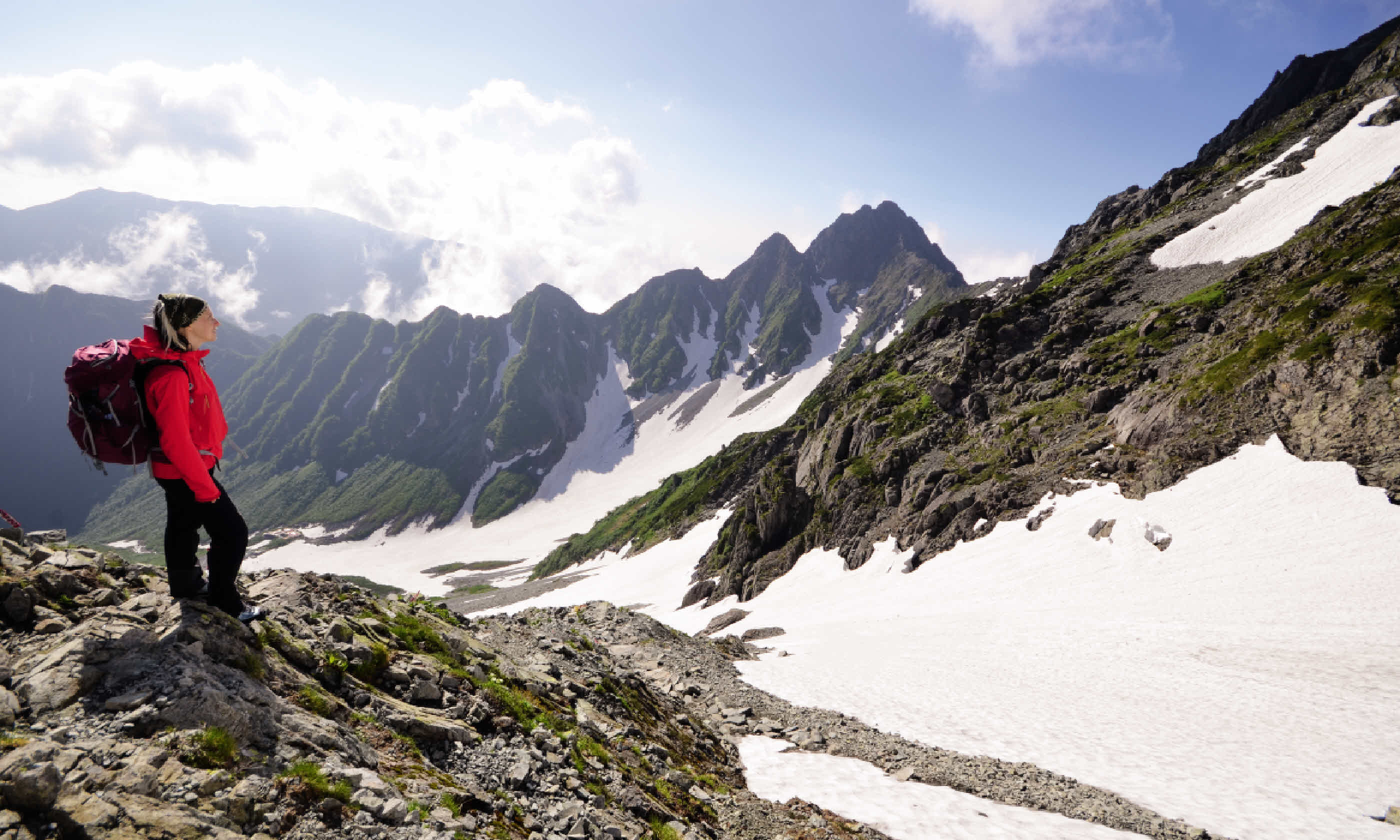
In the afternoon I set off with Steve along the Azusa River for the half-day hike to the first hut, under a canopy of birch and larch. I had my eyes peeled for wildlife:
tobi (black-eared kites) and ptarmigan are often spotted, and I’d heard rumours that the elusive
kamoshika – a strange goat/deer/ boar hybrid – lurked here too. But much like in Kiso, all was silent except for the tinkle of walkers’ bear bells and the occasional greeting of “Konnichiwa” when we passed other hikers.
“It will be an early start tomorrow,” promised Steve as we arrived and went straight to dinner to eat hot noodles and sticky rice. I looked out of the window to see the last of the daylight casting pyramidal shadows as it set behind the chiselled peaks. I couldn’t wait to get started.
Heaven blessed
Rain – heavy and loud – woke me before my alarm did. Groups were already setting off in head-to-toe waterproofs and I felt my enthusiasm wane a little; this was perhaps a little too authentically European.
Despite the rain it was humid, yet a smattering of snow remained on the lower slopes between us and our lunch stop at another hut. We spent the next few hours kicking steps and ascending further, the rain battling us throughout. Then, after we’d rested and eaten, we climbed higher still, crossing more snow and scrambling over rock made slick by the unrelenting downpour.
Finally, nearly four hours later we arrived at Hotaka Dake Sanso, the mountain hut that sits at 3,000m on a col between our mountain and its sister peak. We were cold and shivering, but within minutes our kit was hanging in the drying room, our feet were encased in slippers and we were supping hot drinks by the fire, watching the storm surround our little refuge. We settled in for a night of conversation, hot food and – despite the forecast – hope that in the morning all would be better.
On top of Oku-hotaka, our ultimate goal, sits a small shrine. I don’t know which god lingers therein, but clearly we’d done something to please them, because the next day we awoke to orange sunlight piercing the clouds, teasing us with glimpses into the valley below. We made the final 190m of ascent in swirling mist and rain, but when we climbed the last few steps to the summit shrine, the clouds were whipped away by a gust and – for a second – we could see down the whole mountain chain, each granite tooth coated in a dusting of snow. I was dumbstruck.
The descent went by in a haze of blue sky, rivers milky-white with ice melt and a forest so green with rain it practically glowed. Just before we made it back to the visitor centre, a macaque put in an appearance, munching a blade of grass as he sauntered into the trees, his little pink behind flashing as he went.
Buddhist shrines & bullet trains
I’d walked in the wild and traced an ancient highway, but there was still one facet of Japan’s past I wanted to explore further, and to do that I would need to head to the far end of the Nakasendo highway. So I jumped on the train, bound for Kyoto, home to giant
torii gates, over 1,600 Buddhist and Shinto temples – and geishas.
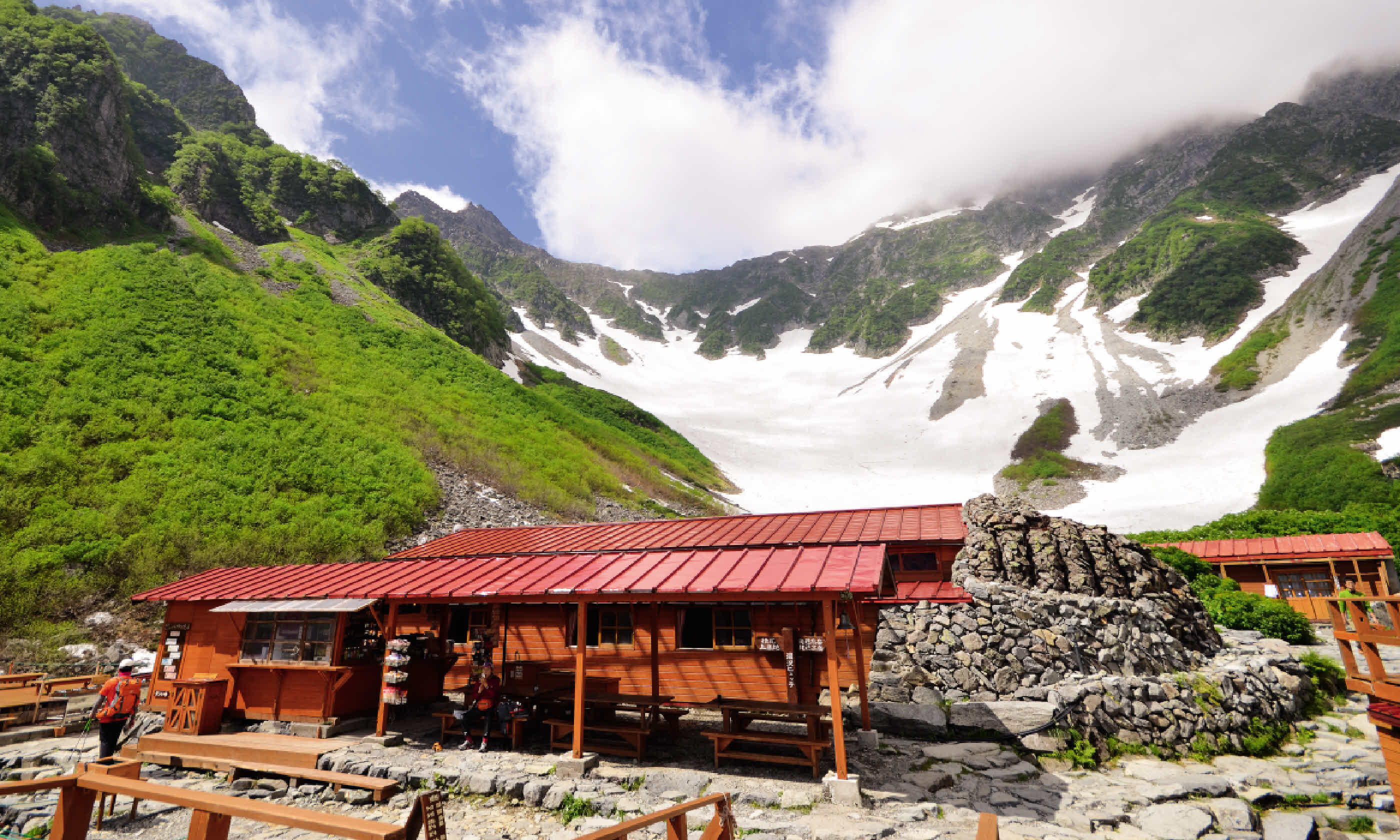
I spent the first day visiting the former, hiring a bike and a guide to help me choose which to see. I wandered around the wooden Buddhist Kiyomizu-dera, which rises on stilts atop a hill to the east (and where they say young men used to jump off to prove their masculinity – if they survived).
I cycled under the giant vermillion gate outside the sprawling Heian Shrine. I felt zen in the gardens around Ginkaku-ji temple. And I got lost among the thousands of torii at the Fushimi-Inari Shrine, which dates back to the seventh century. I more than gave thanks for my good luck in the mountains.
Between all those sights, I sampled local dishes in the Nishiki Food Market, and sought out the smallest wood-block printing museum in the city, which proudly declares: ‘Open when I wake up, close when I must go to sleep. When I’ve had enough the store is closed’.
Finally, on my last day, I met a geisha – or more accurately a
maiko (geisha apprentice). Originally from Kyoto, but having grown up in New Zealand, Tomitsuyu was just over a year into her training – it would take another four before she qualified. Her face and neck were painted white, bar a couple of strips along her neck; only her top lip was red, as was her collar, demarking her as a trainee; her hair was elaborately scooped and pined with ornaments.
When she first entered the room she said nothing, quietly mixing us a froth of green tea. After we had drunk it, she began talking about her decision to become a ‘child of the arts’. “I applied when I finished school,” she explained. “My parents said I would cry and come home, but I haven’t.”
Despite the make-up her face flushed a little with pride. “It was hard at first. I wasn’t used to sitting on my knees for so long each day. I have my hair done once a week then I have to sleep on a square wooden pillow. We have no internet – we write letters. It is a culture shock, even for Japanese,” she admitted. “But I wanted to do this, I wanted to learn the traditional arts.”
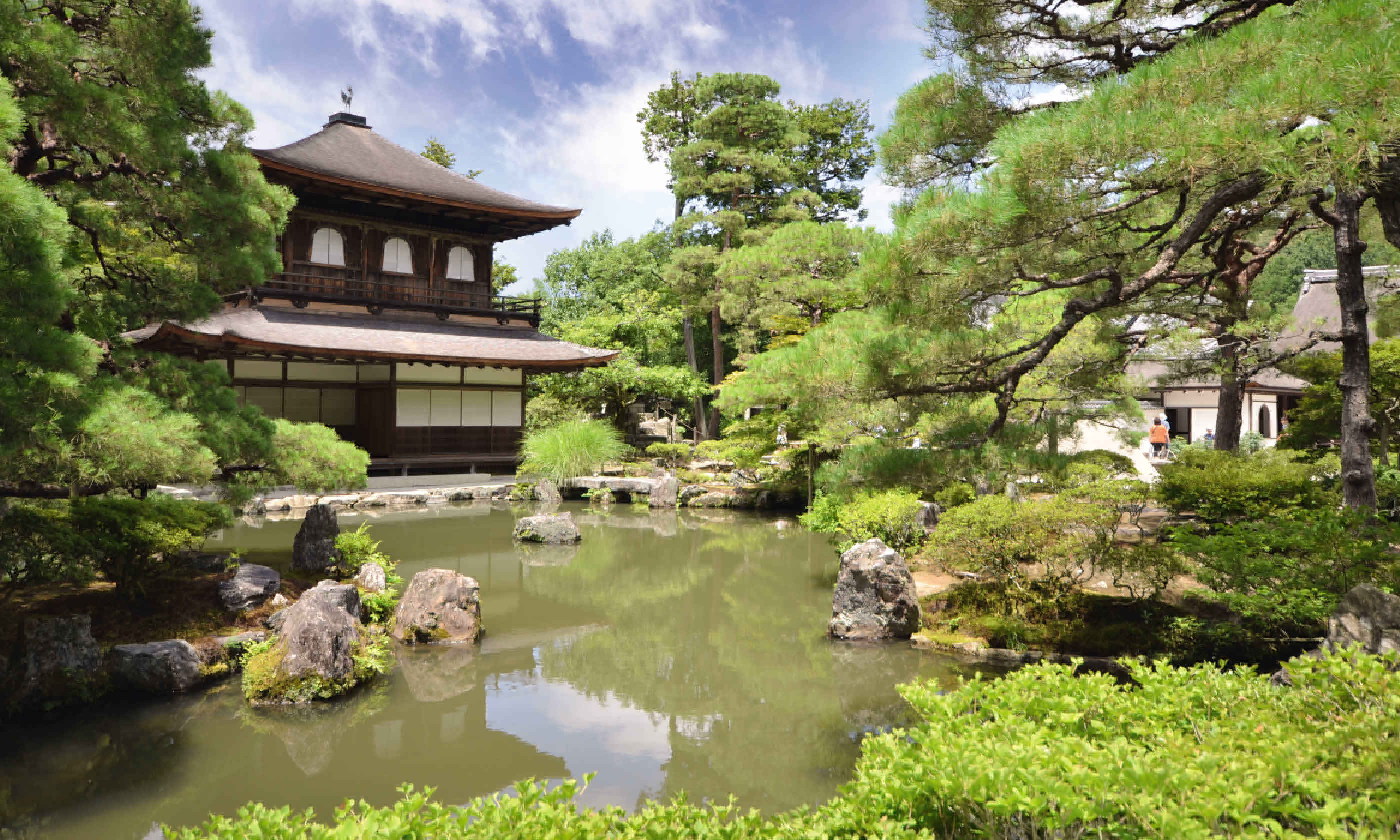
Soon she was dancing to an ancient song; no facial expressions are allowed, so emotion was shown in the movement of her sleeves and the flick of her fan. All at once it was like being transported back in time again. I longed to linger in the past but I had a flight waiting in the capital so needed to catch a train back to Tokyo, to the ubermodern city where people could pay to dress-up like geishas while they ordered hot green tea from vending machines.
I stood on the platform, dreading my return. But as the bullet train pulled up, I noticed the word on its front: Tokaido, the name of the old Eastern Sea Road – now a two-hour journey by rail instead of 20 days on foot. And I realised: the old ways are weaved into the fabric of modern day Japan – and progress can sometimes, just sometimes, be a really good thing.
The author travelled with Inside Japan on its 14-day Historic Mountain Trails trip. It includes a section of the Nakasendo Highway with a stay in a ryokan, an ascent of Oku-hotaka, stays in Tokyo, Matsumoto and Kyoto, a guided ascent of Mt Fuji, all accommodation, internal travel and some food.
All images by Neil S Price




